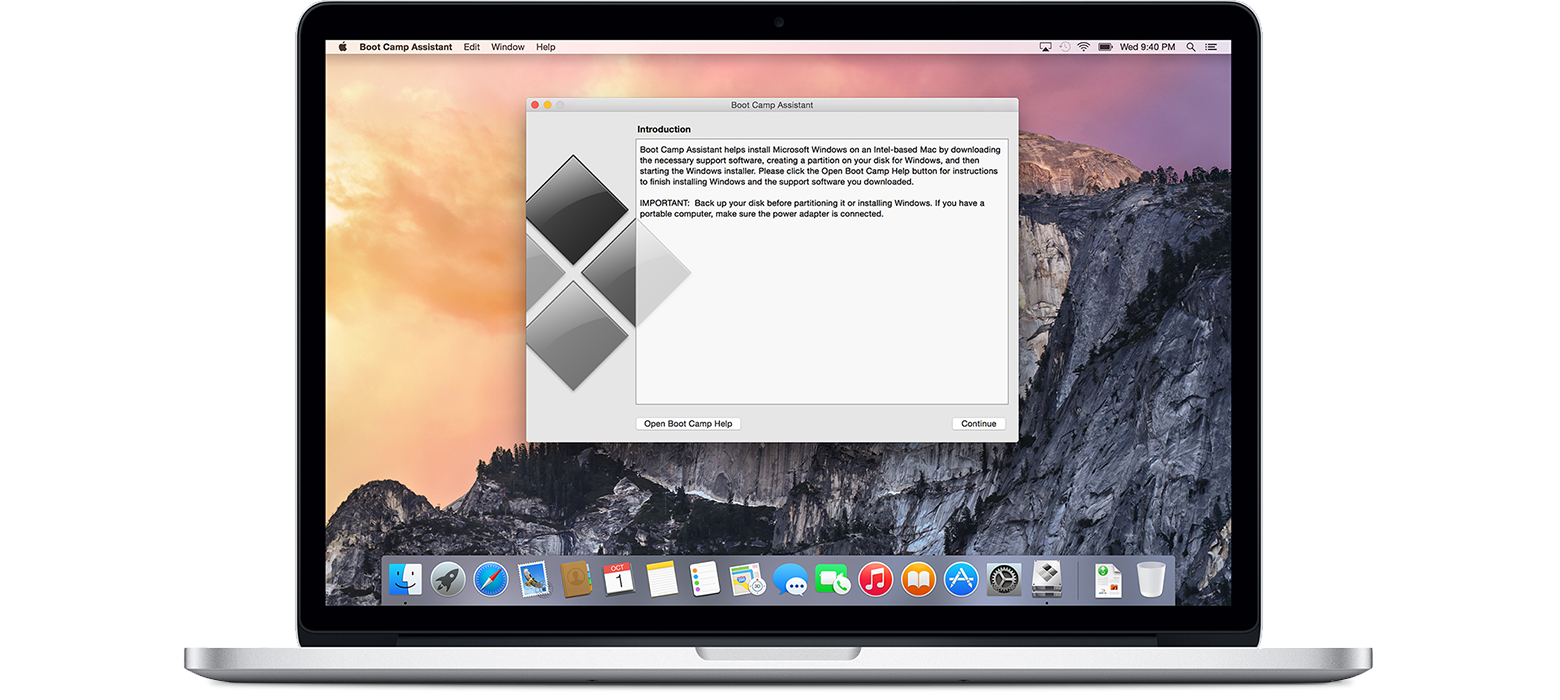

If what this thread is actually comparing is Parallels running from the BootCamp partition vs. If not, then it sounds like its time to check that your motherboard and HD drivers are all properly installed. As you start to run CPU/RAM intensive stuff then rebooting into native windows and using all your RAM and processor cores is going to give an end-of-argument advantage. just using basic office stuff - then this might give you significantly faster load times. If you're not really pounding the CPU and RAM - e.g. This could be a huge advantage when using a virtual hard drive - a bit like having a hard drive with 512MB-1GB of cache and a very intelligent controller. But Parallels and Mac OS X (the host) itself will make good use of the other to 'support' the VM.Ĭlick to expand.What could make a difference is if OSX and/or Parallels do a better job of using free RAM as disc cache than native Windows - which sounds very, very feasible. Inside the VM, with current Parallels Desktop version, the XP will see a single cpu. In the other way, if the application is capable of significantly increasing its performance when there are 2 or more processors available, it will be faster in native boot because it will indeed have access to all the cores of the chip. Mac OS X I/O and caching can also have a positive effect. For one thing remember that the Intel chips on which this runs are designed to allow that (hardware extensions / instructions supporting it).

But that is a misconception that all of XP and what you do with it will run faster when native (bootcamp) than in the VM. You will of course find things slower in the VM, too. And there is nothing very surprising here. Some behaviours of XP running in the Parallels VM on Mac OS X run faster than native (bootcamp). Keep in mind that having the your guest file system stored on the host file system (instead of on a separate partition) typically makes it easier to dynamically change how much space it uses up on your drive.Click to expand.That's seems to be an evidence, isn't it? That's wrong. I would seek such a setup only if you want to take advantage of the fact that you can actually boot that partition up in Boot Camp without virtualization. In general, it is not worth moving an existing setup to a Boot Camp partition only to get this (very marginal) speedup. The difference in perceived performance depends a lot on your particular use case. The reason for the speed difference is that in the first case, each read/write will go through your Windows guest file system (for example NTFS or ExFAT) and then directly to your block device - whereas in the second case, each read/write will go through first your Windows guest file system and then your macOS host file system (for example APFS or HFS+) - and finally to your block device.

When comparing running a VM from the Boot Camp partition with running a VM from a macOS partition, the first will be ever so slightly faster!


 0 kommentar(er)
0 kommentar(er)
